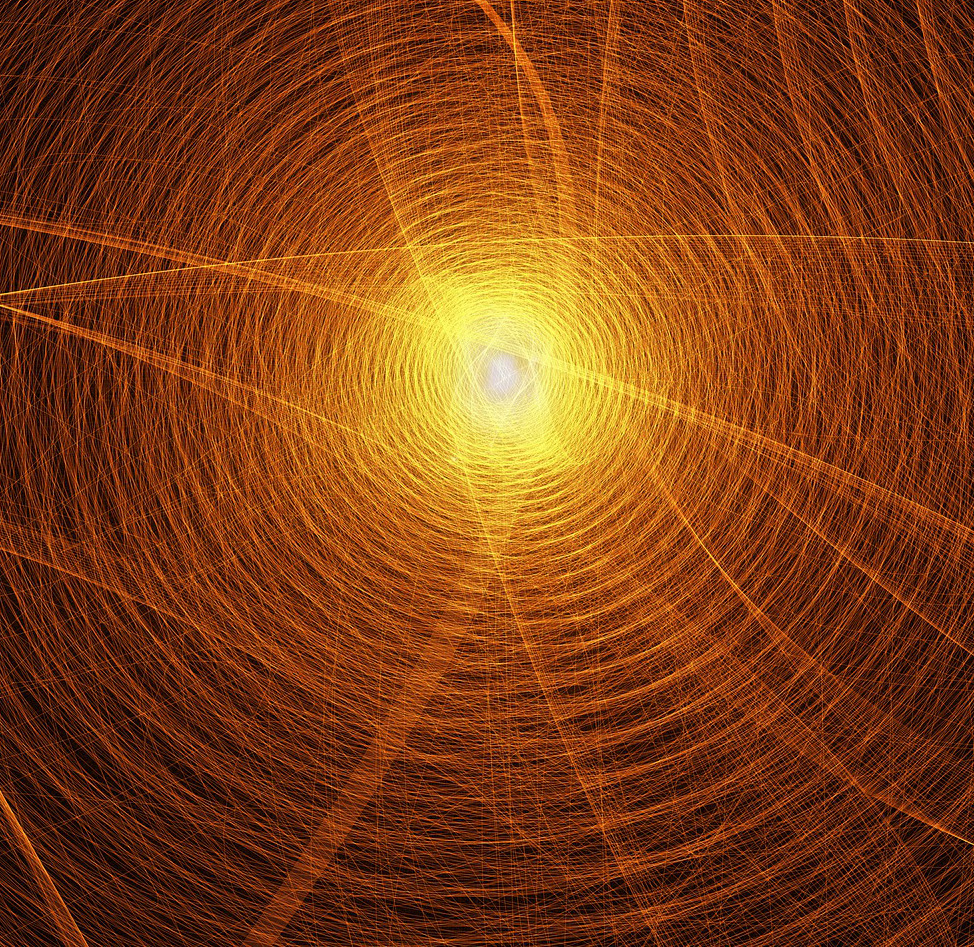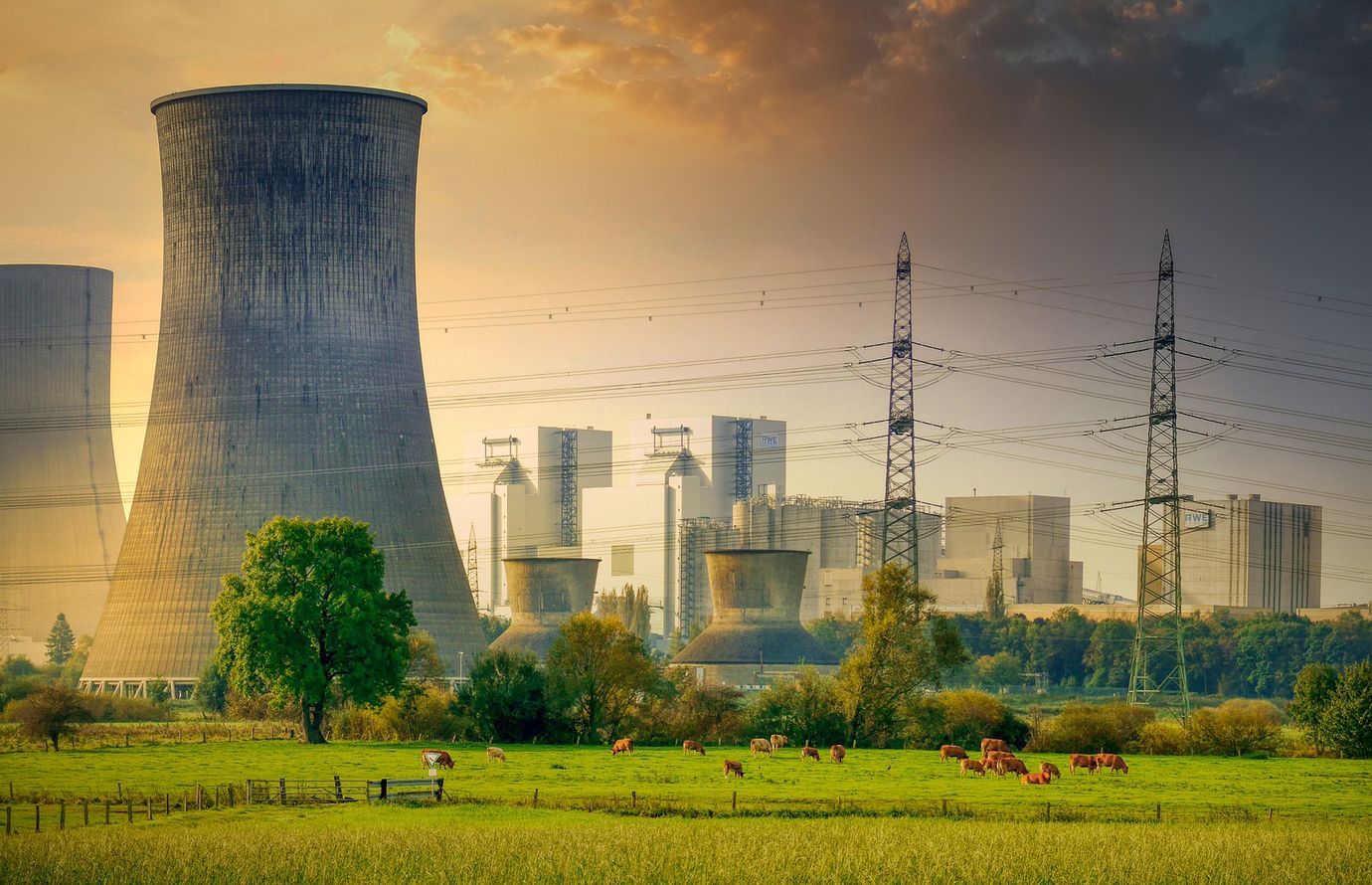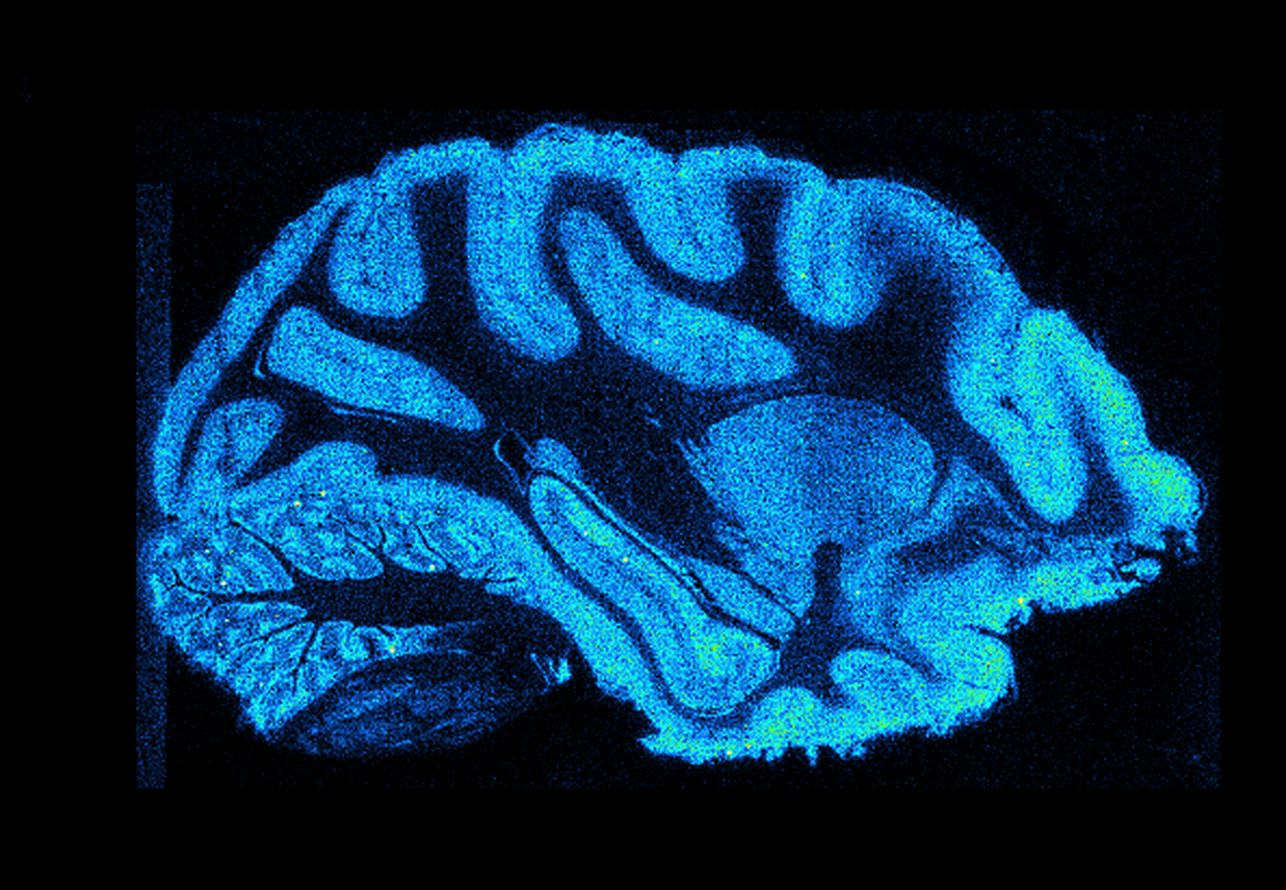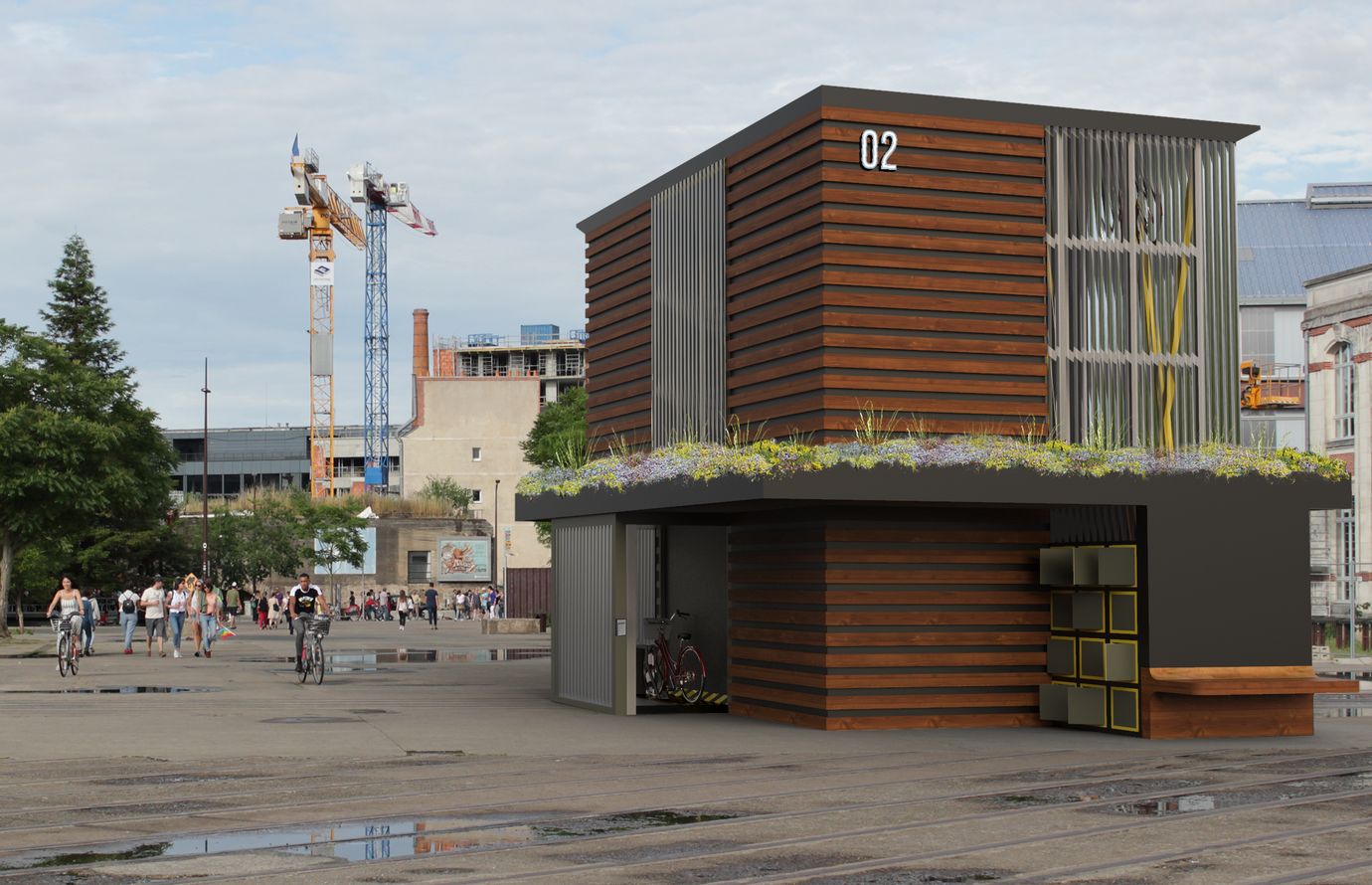Nuclear fission reveals new secrets
Almost 80 years after the discovery of nuclear fission, it continues to unveil its mysteries. The latest to date: an international collaboration has discovered what makes the fragments of nuclei spin after fission. This offers insights into how atom nuclei work and into improving our future nuclear power plants.
Take the nuclei of uranium-238 (the ones used in nuclear power plants), bombard them with neutrons, and watch how they break down into two nuclei of different sizes. Or, more precisely, observe how these fragments spin. This is, in short, the experiment conducted by researchers from 37 institutes in 16 countries, led by the Irène Joliot-Curie Laboratory in Orsay, in the Essonne department. Their findings, which offer insights into nuclear fission, have been published in the journal Nature. Several French teams took part in this discovery.
The mystery of spinning nuclei
But why is there a need to conduct this kind of experiment? Don’t we understand fission perfectly, since the phenomenon was discovered in the late 1930s by German chemists Otto Hahn and Fritz Strassmann, and Austrian physicist Lise Meitner? Aren’t there hundreds of nuclear fission reactors around the world, that allow us to understand everything? In a word – no. Some mysteries still remain, and among them is the spin of nucleus fragments. The spin is the equivalent, in the quantum world, of angular momentum. This is more or less how the nucleus spins like a top.
Even when the original nucleus is not spinning, the nuclei resulting from fission still spin. How do they acquire this angular momentum? What generates this rotation? Up to now, there had been two competing hypotheses. The first, supported by the majority of physicists, was that this spin is created before fission. In this case, there must be a correlation between the spins of the two fragments. The second was that the spin of the fragments is caused after fission, and that these spins are therefore independent of each other. The findings by the 37 teams are decisive: the second hypothesis is correct.
184 detectors and 1,200 hours of radiation
“We have to think of the nucleus like a liquid drop,” explains Muriel Fallot, a researcher at Subatech (a joint laboratory affiliated to IMT Atlantique, CNRS and University of Nantes), who took part in the experiment. “When it is struck by the neutron, it splits and each fragment is deformed, like a drop if it received an impact. It is when the fragment attempts to return to its spherical shape to acquire greater stability that the energy released is converted into heat and rotational energy.”
To achieve these results, the teams irradiated not only uranium-238, but also thorium-232, two nuclei that can split when they collide with a neutron (this is referred to as fissile nuclei). And this was carried out over 1,200 hours, between February and June 2018. These fragments dissipate the energy accumulated in the form of gamma radiation. This is detected using 184 detectors placed around the bombarded nuclei. Yet, depending on the fragments’ spin, the photons do not arrive at the same angle. An analysis of the radiation therefore makes it possible to trace the fragments’ spin. These experiments were conducted at the ALTO accelerator located in Orsay.
Better understanding the strong interaction
These findings, which offer important insights into the fundamental physics of nuclear fission, will now be analyzed by theoretical physicists from around the world. Certain theoretical models will have to be abandoned, while others will incorporate this data to explain fission quantitatively. They should physicists to better predict the stability of radioactive nuclei.
“Today, we are able to predict the lifetime of some heavy nuclei, but not all of them,” says Muriel Fallot. “The more unstable they are, the less we are able to predict them. This research will help us better understand the strong interaction, that which binds the protons and neutrons within the nuclei. Because this strong interaction depends on the spin.”
Applications for reactors of the future
This new knowledge will help researchers working on producing nuclei that are “exotic,” very heavy, or with a large excess of protons compared to neutrons (or the reverse). Will these findings lead to the production of new, even heavier nuclei? They would provide food for thought for theorists to further understand nuclear interactions within nuclei.
In addition to being of interest at the fundamental level, these findings have important applications for the nuclear industry. In a nuclear power plant, a nucleus obtained from fission and which “spins quickly” gives off a lot of energy in the form of gamma radiation. This can damage certain materials such as fuel sheaths. Yet, “We don’t know how to accurately predict this energy dissipation. There is up to a 30% gap between the calculations and the experiments,” says Muriel Fallot. “That has an impact on the design of these materials.” While current reactors are managed well based on the experience acquired, these findings will be especially useful for more innovative future reactors.
Cécile Michaut













Leave a Reply
Want to join the discussion?Feel free to contribute!